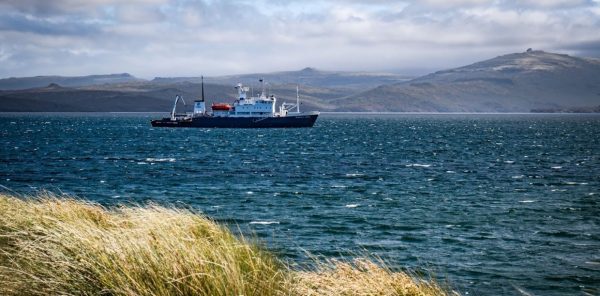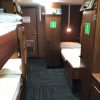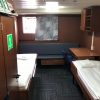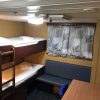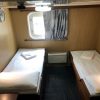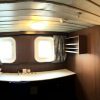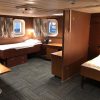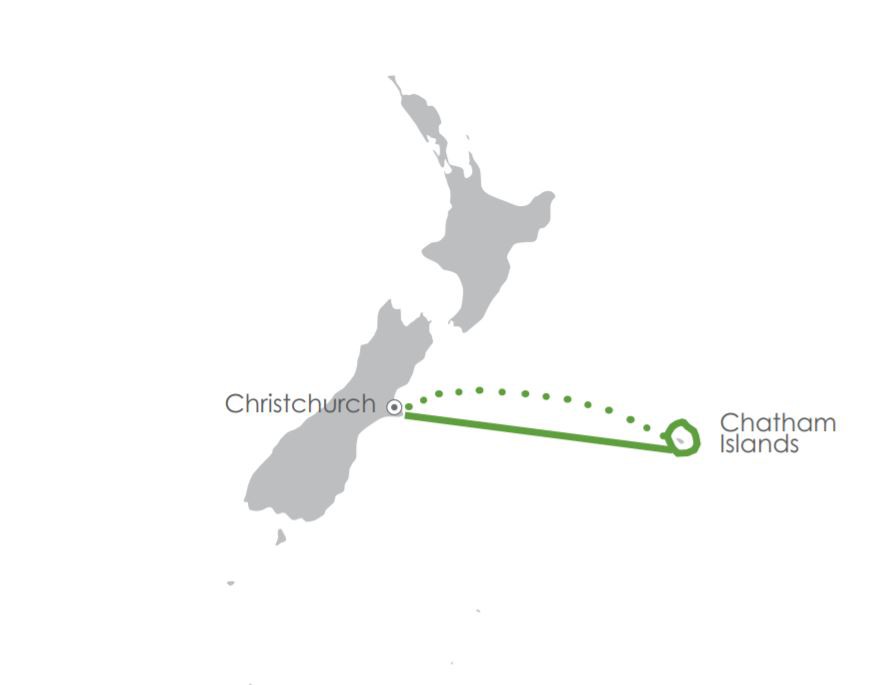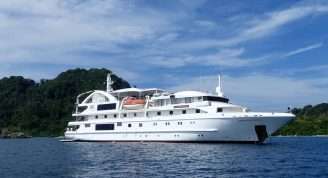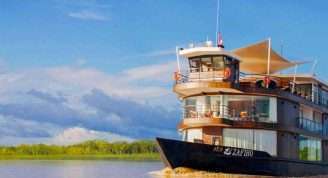Description
Discover amazing endemic wildlife, meet the locals and experience conservation in action on an unforgettable journey through New Zealand’s Chatham Islands.
Their first inhabitants, the Moriori, called them ‘Rekhou’ (misty skies), the Europeans who rediscovered them in 1791 named them the Chatham Islands after their ship, while Maori, who didn’t settle the islands until 1835, called them ‘Wharekauri’. Today, we know them as the home of the endangered Black Robin.
The Chatham archipelago (made up of at least 12 islands, plus numerous islets) lies 870 kilometres east of New Zealand and runs 45 minutes ahead of the rest of the country. The first part of New Zealand and the first inhabited landmass around the globe to be greeted by the morning sun, the history of these islands and their rich natural history is unique.
It is only by visiting and experiencing these remarkable islands that one can truly appreciate what they have to offer. During explorations around the archipelago we will hear remarkable stories of rediscovery and population recovery with the Black Robin and its rescue from the brink of extinction and the once thought to be extinct Chatham Island Taiko (Magenta Petrel). The ongoing careful management of these critically endangered species serve as beacons of hope and inspiration for conservationists everywhere.
Visiting the Chatham Islands is not difficult – there are regular flights to and from New Zealand and several travel companies offer guided tours – but this expedition is unique and rare, as it includes the seldom visited (and almost impossible to get to) outlying islands where much of the story of the Chatham Islands can be seen and experienced.
Our journey is also guided by a team of Chatham Islands’ experts whose knowledge will add another dimension to your experience.
While no landings are possible at some of these remote outcrops, islets and stacks, we plan to Zodiac cruise their shorelines. The daily itinerary will be determined by weather and sea conditions.


